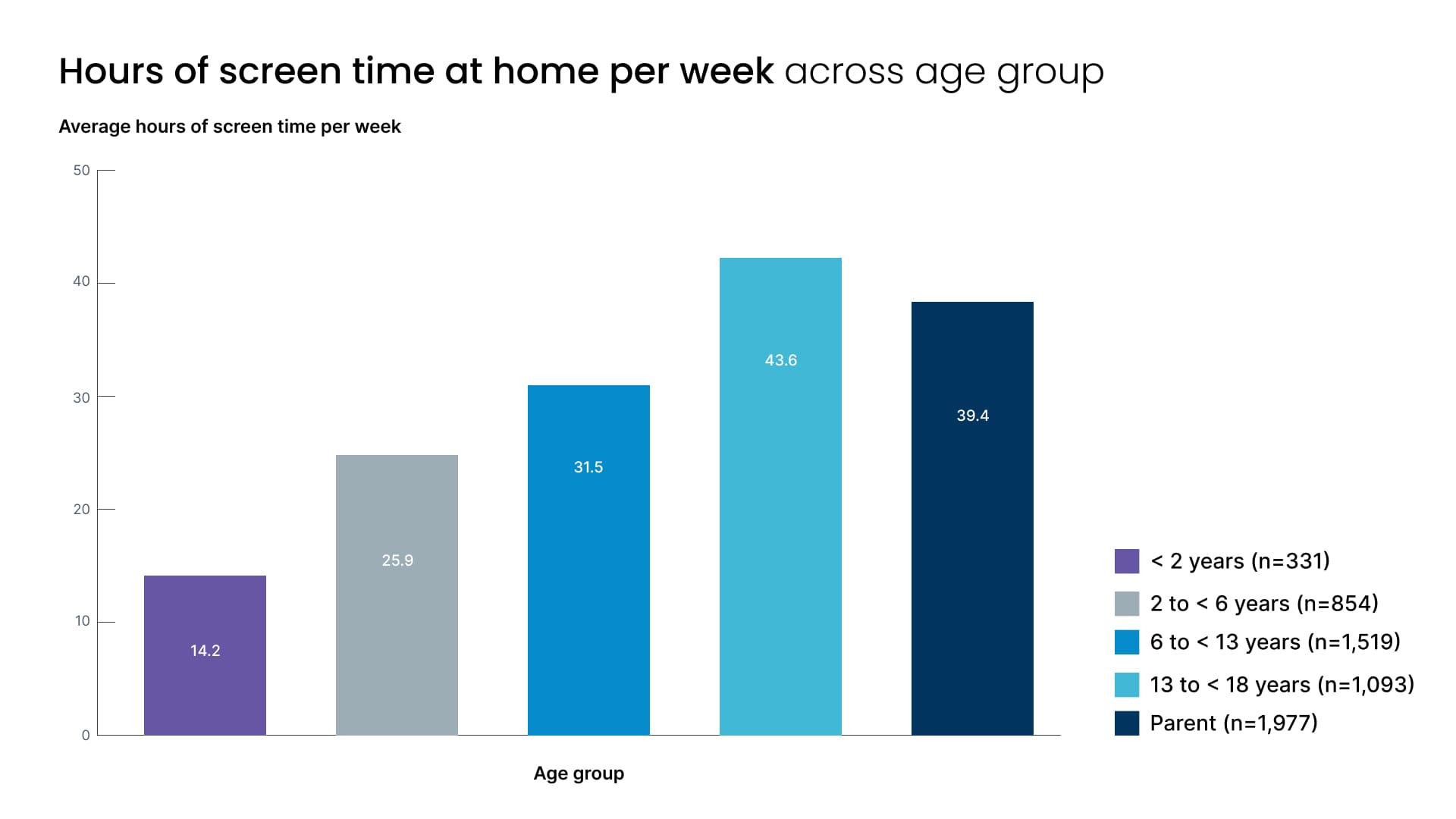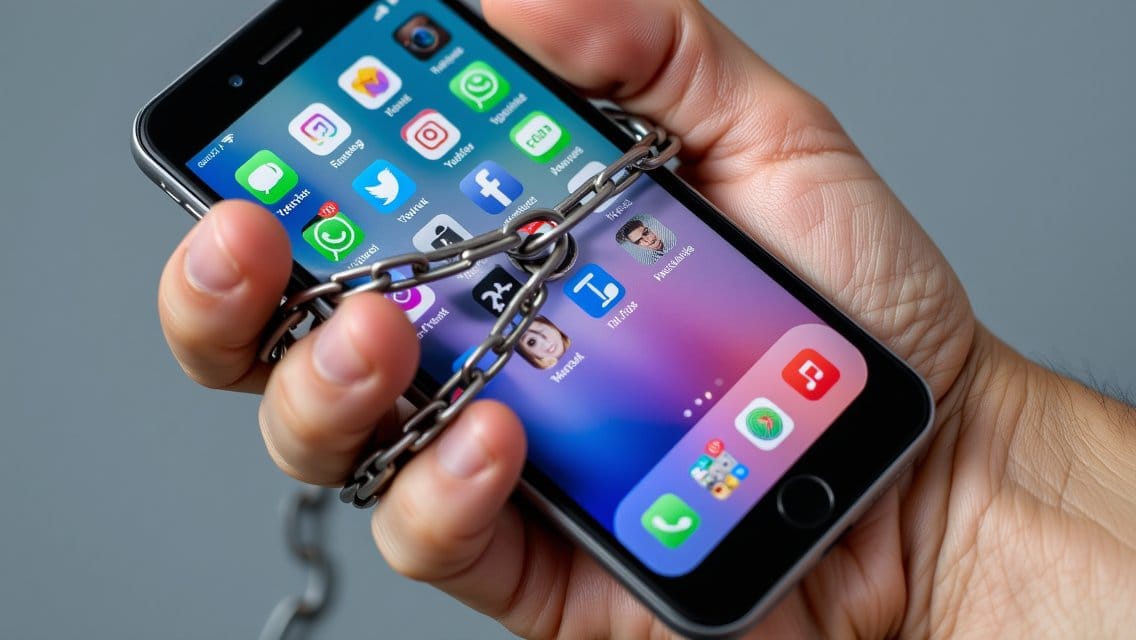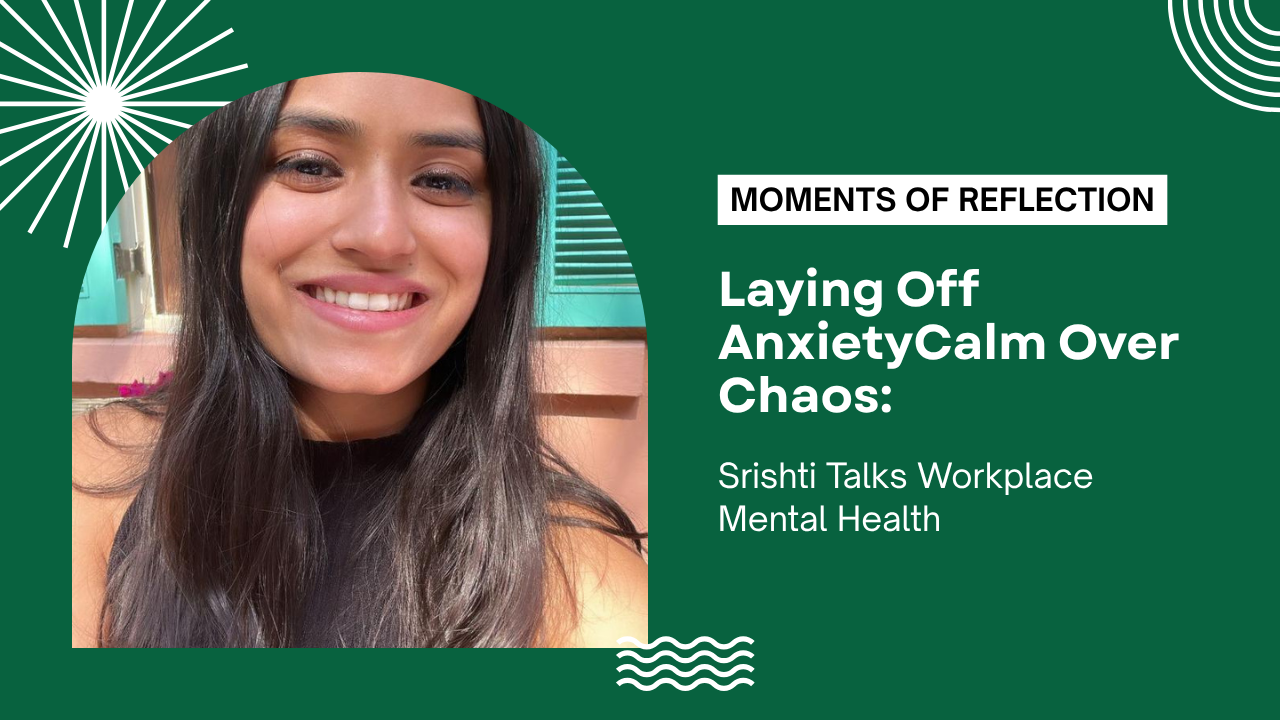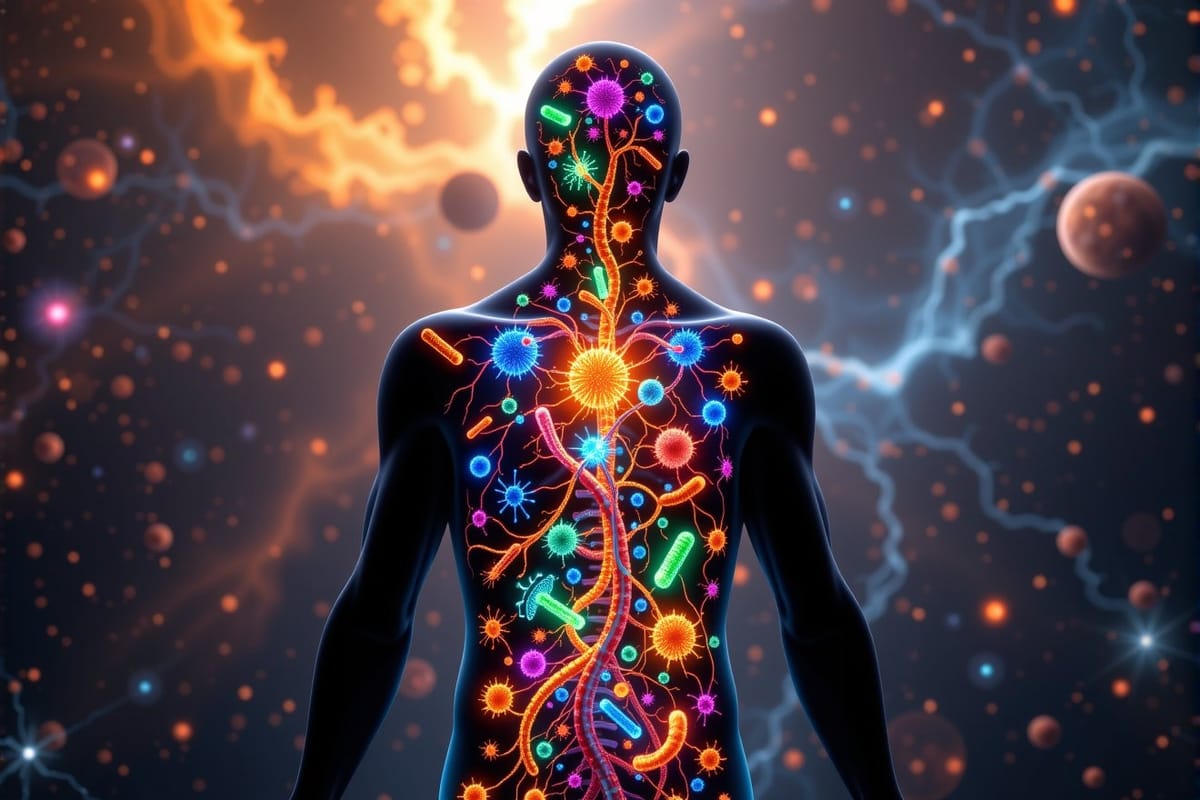Expert Tips for Incorporating Digital Detox Routines and Mindfulness Practices
In today’s fast-paced world, it’s easy to get caught in the whirlwind of endless notifications, emails, and social media updates. While technology brings countless conveniences, it also comes with its fair share of stress. That’s why incorporating digital detox routines and mindfulness practices into your daily life can make a world of difference. Whether you’re looking to escape the screen, reconnect with your inner self, or simply reduce stress, these expert tips can help you create a balanced, tech-free lifestyle.
1. Set Boundaries: Create Tech-Free Zones
The first step in a successful digital detox is to set clear boundaries. Create tech-free zones in your home where devices are off-limits, such as the dining room, bedroom, or even the bathroom. The goal is to train your brain to associate certain spaces with relaxation and mindfulness, without the distractions of emails or social media.You might want to start small—perhaps with just 30 minutes during dinner. Gradually extend your tech-free times as you notice the benefits, like improved focus, enhanced creativity, and better sleep. This simple routine helps you enjoy moments without constantly being pulled back into the digital world.
2. Declutter Your Digital Life
Just like your physical space, your digital life can become cluttered with notifications, unused apps, and irrelevant content. It’s time to declutter! Start by cleaning out your inbox, deleting unused apps, and organizing your digital files. Limiting digital distractions can improve your mental clarity and allow you to focus on more important tasks.Consider setting aside a dedicated day each week to sort through your digital world. You’ll be surprised by how much mental space it frees up, allowing for greater mindfulness throughout your day.
3. Schedule Mindful Moments
Mindfulness doesn’t have to be reserved for yoga retreats or silent meditation sessions. You can incorporate mindfulness practices into your daily routine by setting aside a few moments each day to reconnect with your senses. Whether it's savoring your morning coffee, practicing deep breathing for five minutes, or enjoying a walk without your phone, these small acts of mindfulness can be incredibly powerful.
One easy way to start is by setting an alarm on your phone (yes, it’s okay to use it for that!) to remind you to pause and breathe for a minute or two during the day. Over time, these small breaks will train your brain to be more present, even when your screen is close by.
4. Unplug Before Bed for Better Sleep
One of the most effective ways to enhance your digital detox is to implement a screen curfew. Studies show that exposure to blue light before bed can interfere with your sleep cycle, making it harder to fall asleep and stay rested. To improve your sleep hygiene, consider creating a digital wind-down routine that includes no screen time 30-60 minutes before bed.Instead of scrolling through your phone, try reading a book, journaling, or practicing some light stretching. This will signal to your brain that it’s time to wind down and prepare for a restful night’s sleep. Trust us—your mind and body will thank you the next morning!
5. Mindful Social Media Consumption
Social media is both a gift and a curse. While it allows us to stay connected, it can also contribute to feelings of anxiety and comparison. The key is mindful consumption. Be intentional about your social media use. Unfollow accounts that don’t align with your values, and focus on those that bring you joy, inspiration, and positivity.Before scrolling, take a moment to assess your emotional state. Are you looking to connect with friends? Or are you mindlessly scrolling to pass the time? By being more conscious of your social media habits, you can reduce the mental clutter that often comes with excessive digital consumption.
6. Practice Gratitude and Reflection
Mindfulness isn’t just about being present in the moment; it’s also about reflecting on the positives in your life. Start or end your day with a simple gratitude practice. Write down three things you’re grateful for, no matter how small. This helps shift your focus from the stresses of the day to the things that bring you joy and peace.Incorporating reflection into your routine can help you stay grounded and focused on what truly matters, rather than getting lost in the digital noise. Plus, it’s an excellent way to reset your mindset, especially if you’ve been feeling overwhelmed by technology.
7. Limit Screen Time with a Digital Detox Day
Sometimes, the best way to detox is to go all-in with a full digital detox day. Designate one day a week or month to completely unplug. No emails, no social media, no screens of any kind. Use this time to reconnect with nature, enjoy a hobby, or spend quality time with loved ones. A digital detox day can help reset your brain and reduce the urge to check your devices constantly.If a full day feels too daunting, start with a few hours and gradually increase it as you get more comfortable. The key is to enjoy the present moment without digital distractions.

Embrace Balance, Reconnect with Yourself
Incorporating digital detox routines and mindfulness practices into your life is not about completely abandoning technology—it’s about creating a healthy balance. By setting boundaries, practicing mindfulness, and being intentional about your digital consumption, you can reduce stress, enhance focus, and improve your overall well-being.Remember, the goal isn’t perfection—it’s about finding a routine that works for you and allows you to live a more mindful, tech-free life. So, unplug, unwind, and embrace the moments of stillness that are so often drowned out by the constant buzz of notifications. Your mind and body will thank you.







Comments